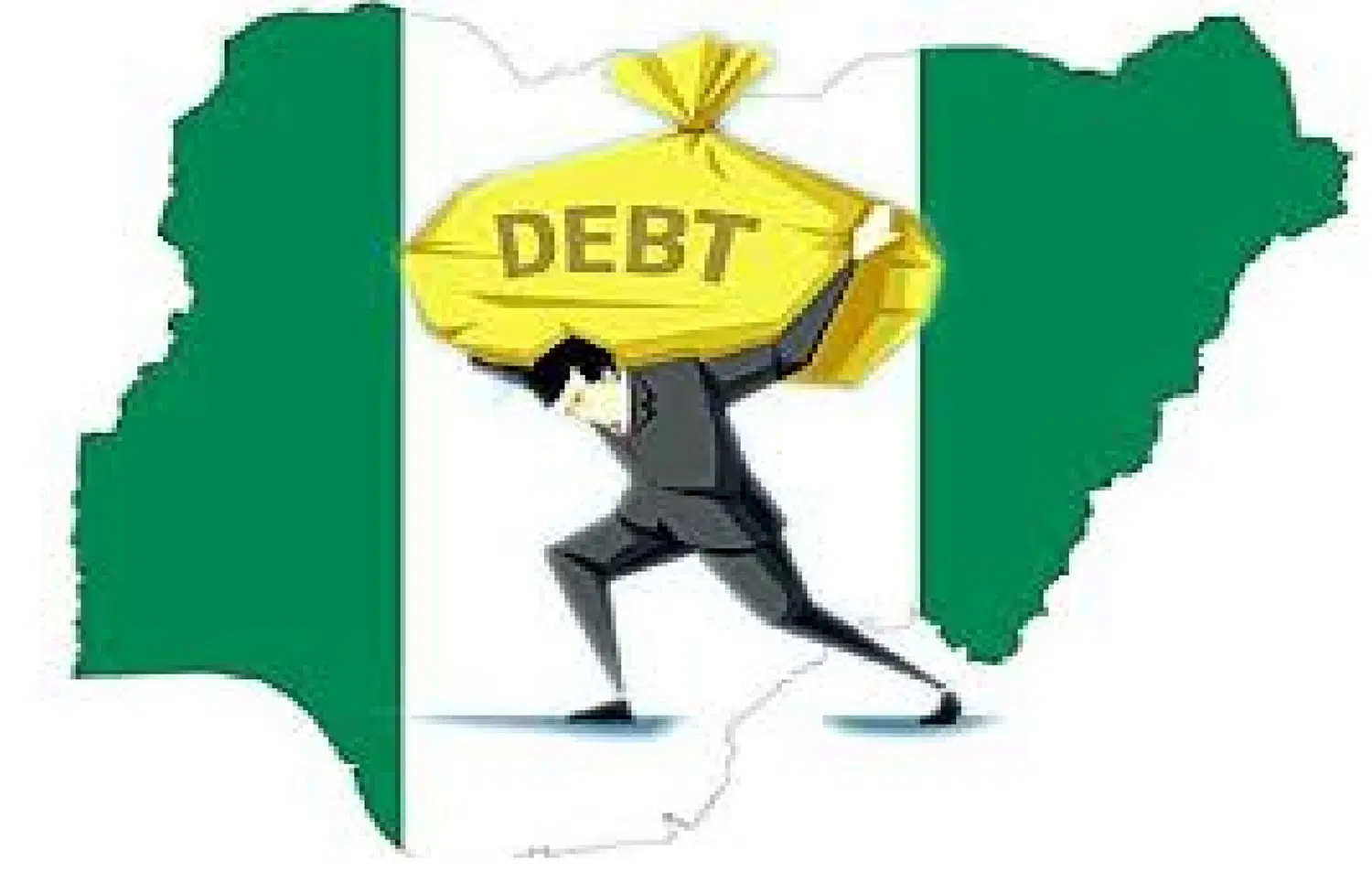Nigeria’s external debt stands as the largest among all sub-Saharan African nations, despite having received debt waivers from the Paris Club, London Club, and independent creditors. The accumulation of this debt has placed Nigeria in the unfavorable position of being scrutinized by international financial communities. Additionally, the country’s substantial debt profile has adversely impacted its economy, raising significant concerns.
Nigeria’s Vivid Debt History
Pre-Independence Debts
Nigeria’s public debt dates back to its colonial era. The first recorded instance of public borrowing occurred in 1923-24, when the Nigerian Protectorate secured a loan of £5.7 million at an annual interest rate of 2.5% with a repayment term of 20 years. In 1927, another £1 million was borrowed from the Bank of England to finance the construction of the Lagos-Port Harcourt Railway, a loan guaranteed by the British Government and repaid in 1938. By 1936, the Protectorate borrowed £4.89 million, followed by an additional £5.74 million from 1946 to 1948. In 1958, a loan of £28 million was taken from the International Bank for Reconstruction and Development (IBRD), also known as the World Bank, to finance the expansion of the Kainji Dam and the Ugheli Power Station, which was repaid in 1978. By the end of colonial rule, Nigeria had amassed a national debt of $31 million at an interest rate of 3.5% per annum, with a repayment period spanning two decades.
Post-Independence Debts
After gaining independence in 1960, Nigeria continued to incur both domestic and external debts to meet its development needs. The country borrowed from a variety of sources, including the World Bank, the International Development Association, the International Monetary Fund, the African Development Bank, the European Economic Community, and bilateral creditors such as the United States, Britain, France, Germany, Japan, and China. Domestically, the main sources of loans included the Central Bank of Nigeria, the Nigerian Industrial Development Bank, the Nigerian Agricultural and Cooperative Bank, and the Nigerian Bank of Commerce and Industry.
Debts Under the First Republic
Notably, Nigeria took no external loans from 1963 to 1966 during Dr. Nnamdi Azikiwe’s presidency.
Debts Under Military Rule (1966-1979)
Following independence, Nigeria began accumulating foreign loans under military rule:
- Under General Yakubu Gowon (1966-1975), Nigeria’s debt profile rose by $1.687 billion.
- Under General Murtala Mohammed (1975-1976), Nigeria’s debt decreased from $1.69 billion to $1.33 billion.
- Under General Olusegun Obasanjo (1976-1979), the debt increased by $4.90 billion.
Debts Under the Second Republic
During the Second Republic (1979-1983) under Alhaji Shehu Shagari, Nigeria’s debt increased by $11.33 billion.
Debts Under Military Rule (1983-1993)
- Under General Muhammadu Buhari (1983-1985), Nigeria’s debt rose by $1.078 billion.
- Under General Ibrahim Babangida (1985-1993), it increased by $12.04 billion.
- There was no recorded debt under the Third Republic.
Debts Under Military Rule (1993-1999)
- Under General Sani Abacha (1993-1998), Nigeria’s external debt dropped from $30.7 billion to $30.31 billion.
- Under General Abdulsalami Abubakar (1998-1999), the debt decreased from $30.32 billion to $29.1 billion.
Debts Under the Fourth Republic
- Chief Olusegun Obasanjo inherited a foreign debt of $28.04 billion and domestic debt of N798 billion in 1999. Concerned about foreign debts, he embarked on a global campaign to negotiate forgiveness or reduction of Nigeria’s debts, resulting in a significant reduction of external debt from $28.04 billion to $2.11 billion. His prudent management left him in 2007 with an external debt of $2.11 billion and domestic debt of N2.17 trillion, marking a total decrease of 31.8% in the Federal Government’s debt from N3.55 trillion to N2.42 trillion.
- President Umaru Musa Yar’Adua (2007-2011) saw domestic debt rise from N2.17 trillion to N5.62 trillion, while foreign debt increased from $2.11 billion to $3.5 billion. This reflected a total debt increase from N2.4 trillion to N5.62 trillion over four years. Following Yar’Adua, Dr. Goodluck Ebele Jonathan completed his tenure and saw federal government debt rise from N4.94 trillion to N6.17 trillion within a year.
- Dr. Goodluck Jonathan commenced his presidency in 2011 with a foreign debt of $3.5 billion and ended with $7.3 billion. By 2015, domestic debt reached N8.4 trillion, translating to a rise in national debt from N6.17 trillion to N9.8 trillion.

